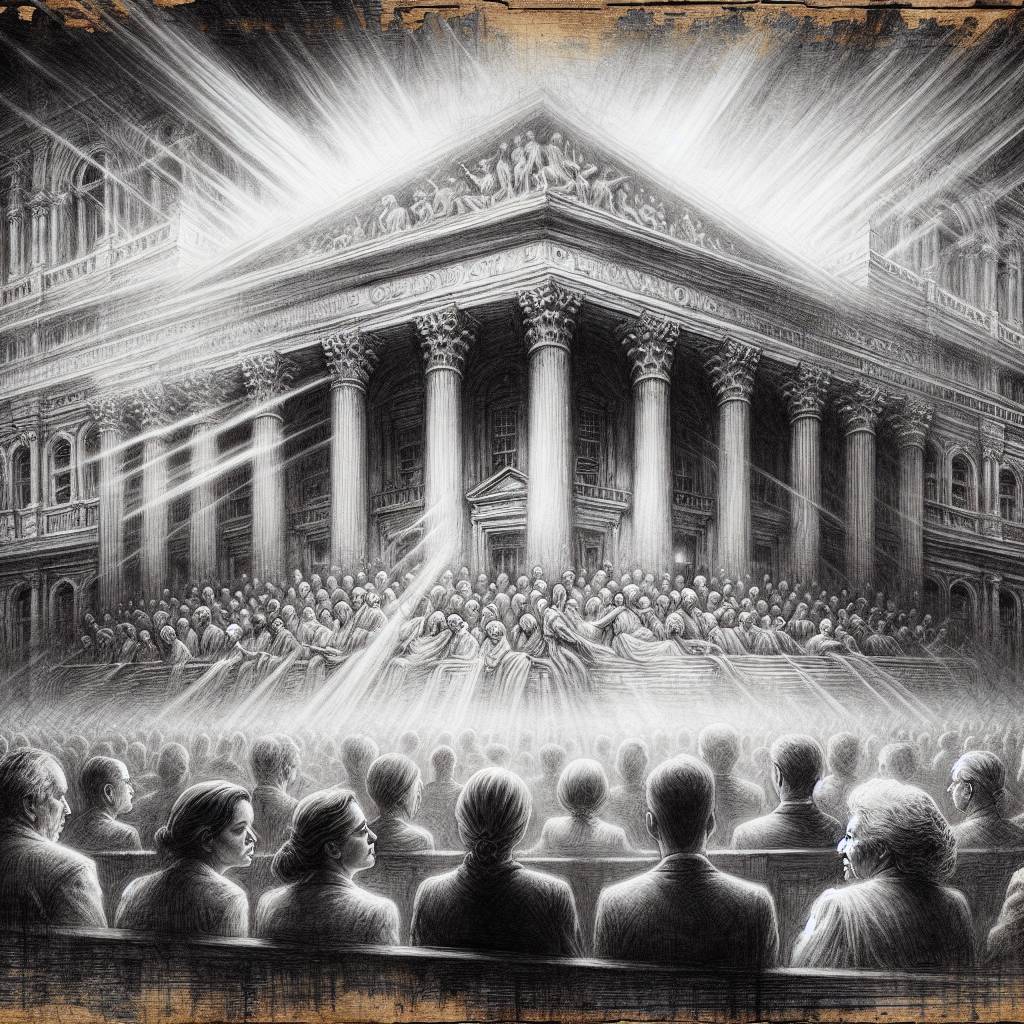Supreme Court’s Wild Ride: Internet Free Speech Cases and the First Amendment Fiasco
The U.S. Supreme Court is diving into internet free speech like it’s the latest TikTok trend! From social media blocking to government jawboning, the court’s rulings are reshaping the digital landscape. Whether you’re a meme lord or a casual commenter, these decisions are your new must-know for navigating online platforms.

Hot Take:
We’re witnessing a Supreme Court showdown that’s more dramatic than a season finale of a courtroom TV drama! With enough free speech cases to fill a legal thriller, the high court is making the internet’s free speech landscape more complicated than a soap opera plot twist. Grab your popcorn, folks, because these decisions are as unpredictable as a cat meme going viral!
Key Points:
- The Supreme Court decided on five internet free speech cases in 2023, addressing government officials’ social media usage and platform content moderation.
- Established a two-part test to determine if a government official’s social media activity counts as “state action” under the First Amendment.
- Ruled that social media platforms have the right to curate content, rejecting state interference in editorial practices.
- Declined to decide on government coercion in social media content moderation, leaving the question of permissible versus impermissible influence unanswered.
- Filed an amicus brief challenging a Texas law requiring age verification for accessing certain online content, citing privacy and free speech concerns.
Government Officials and Social Media: A Love-Hate Relationship
In the cases of O’Connor-Ratcliff v. Garnier and Lindke v. Freed, the Supreme Court tackled the thorny issue of whether government officials can play goalie on their social media pages, blocking comments and users like they’re defending the net in a hockey game. After much deliberation, the justices decided that a two-part test will determine if these social media accounts are government functions or personal playgrounds. The decision was sent back to the Sixth Circuit, like a boomerang, for a second look under the new guidelines.
The First Amendment Gets a Netflix Subscription
In NetChoice v. Paxton and Moody v. NetChoice, social media platforms found themselves in the legal spotlight, with the Supreme Court confirming their First Amendment right to curate content. It’s like giving them a VIP pass to the content party, allowing them to choose which posts make it to the dance floor and which ones stay in the corner. However, the court didn’t give these platforms a total free pass, opting to punt the cases back to lower courts to determine the legality of specific applications of state laws.
Jawboning: The Government’s Not-So-Subtle Suggestion Box
In Murthy v. Missouri, the court danced around the issue of government coercion in social media content moderation like it was avoiding stepping on a Lego. They didn’t clarify where the line between friendly government advice and coercion lies, leaving plaintiffs with an unsatisfactory “try again” message. The case demonstrated that proving coercion is harder than finding a needle in a haystack, with the court focusing on the standing rather than the pressing First Amendment issues.
Age Verification: ID Please, But Make It Digital
In the pending case of Free Speech Coalition v. Paxton, the court was asked to consider a Texas law requiring age verification for accessing certain online content. Critics argue that this law is like asking for ID at a digital nightclub, placing undue burdens on adults and exposing them to privacy risks. The outcome could have significant implications for online anonymity and access to lawful content, proving once again that the fight for digital rights is as relentless as a never-ending game of whack-a-mole.
Takeaways: The Good, the Bad, and the First Amendment
From these cases emerged some crucial takeaways: First, online users have a First Amendment right to speak on social media, a right that can be infringed upon by governmental interference but not by the platforms themselves. Second, the court acknowledged the active role of social media in moderating content, moving away from the notion that platforms are passive bystanders. Finally, traditional First Amendment rules apply online just as they do offline, ensuring that the digital public square remains a place for diverse voices and opinions.
In the end, the Supreme Court’s decisions have painted a nuanced picture of free speech in the digital age. As we continue to navigate the complexities of online expression, one thing is clear: the fight for digital rights is just getting started, and the next chapter promises to be as intriguing as the last.
